Using the System of Least Prompts to Teach Board Game Play to Young Children with Disabilities
Authors: Gabrielle M. Trimlett, Erin. E. Barton, Caroline Baum, Chen Fangfang, Emma Skiba, Lauren Schulte, Gabriela Robinson, and Mollie Todt.
Summary
Play provides a context for expanding social communication and interaction skills (Davis-Temple, Jung, & Sainato, 2014) and the opportunity to form relationships with peers, siblings, and caregivers (Lifter, Mason, & Barton, 2011). Children with or at risk for disabilities often have deficits in play skills and social communication (Oppenheim-Leaf, Leaf, & Call, 2012; American Psychiatric Association, 2000). Board games provide multiple and varied opportunities for children to learn how to and follow rules, how to give peers complements, how to help peers, and how to share (Arntzen, Halstadtrø, & Halstadtrø, 2003; Davis-Temple et al., 2014). The purpose of the current study was to extend the research on board game play among children with disabilities using a system of least prompts procedure, visual schedules, peer models, and contingent reinforcement to increase the complexity of board game play, and to increase the rate of social behaviors related to board game play. A multiple probe across participants design was used to assess the use of a treatment package and its relation to board game play and to social communication related to board game play (Barton et al., 2018).
Participants
Table 1. Characteristic of Target participants
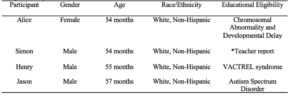
Table 2. Characteristic of Peer participants

Visual Schedules
Table 3. Visual Schedules
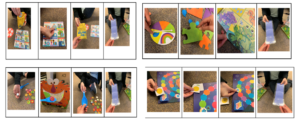
Procedural Fidelity (PF) and Inter-Observer Agreement (IOA) Dat
Table 4. IOA and Procedural Fidelity Percentages

Table 5. Game Play Behavior IOA Percentages
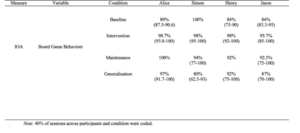
Table 6. Social Communication IOA Percentages

Graphs
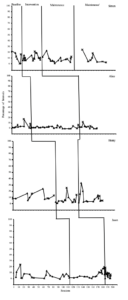
Figure 1. Social Communication: Peer-directed social interactions. Adapted from Barton, E. E., Pokorski, E. A., Sweeney, E. M., Velez, M., Gossett, S., Qiu, J., Flaherty, C., & Domingo, M. (2018). An empirical examination of effective practices for teaching board game play to young children. Journal of Positive Behavior Interventions, 20 (3), 138-148. doi: 10.1177/1098300717753833.
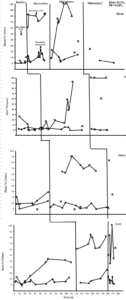
Figure 2. Interobserver Agreement: Primary Unprompted Correct (UPC) and Secondary Unprompted Correct (UPC). Adapted from Barton, E. E., Pokorski, E. A., Sweeney, E. M., Velez, M., Gossett, S., Qiu, J., Flaherty, C., & Domingo, M. (2018). An empirical examination of effective practices for teaching board game play to young children. Journal of Positive Behavior Interventions, 20 (3), 138-148. doi: 10.1177/1098300717753833.